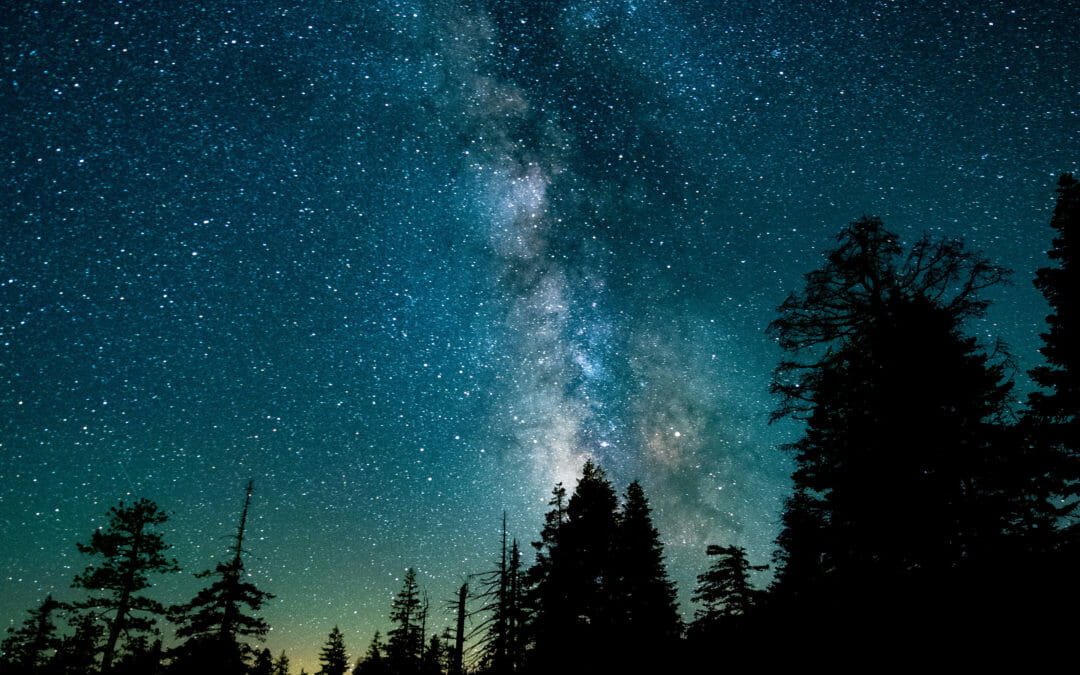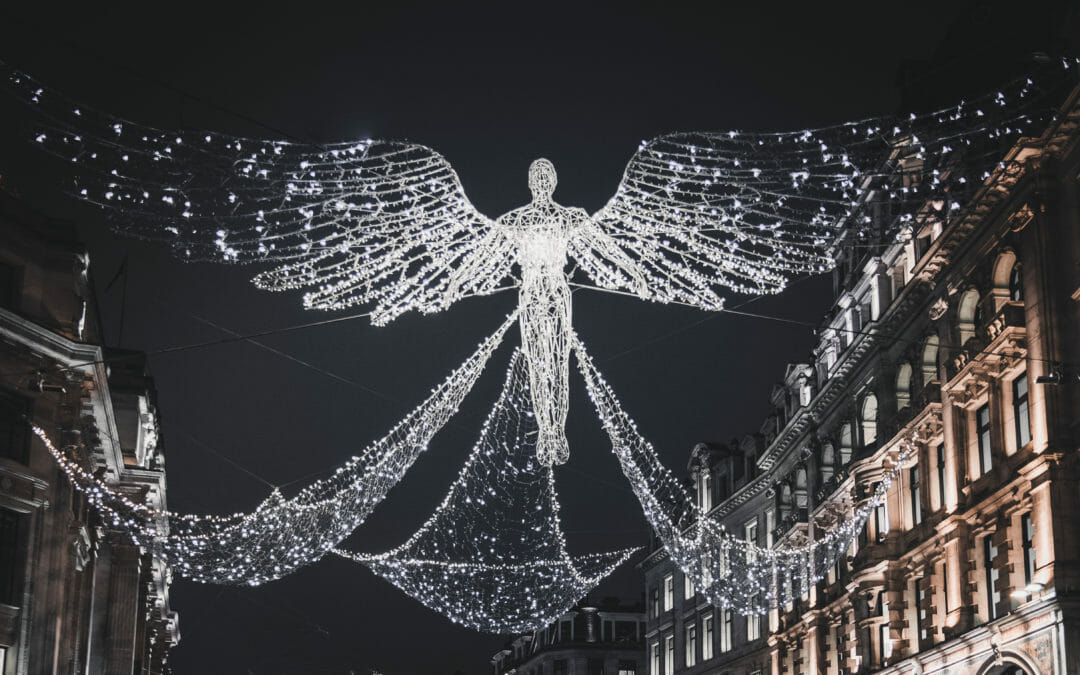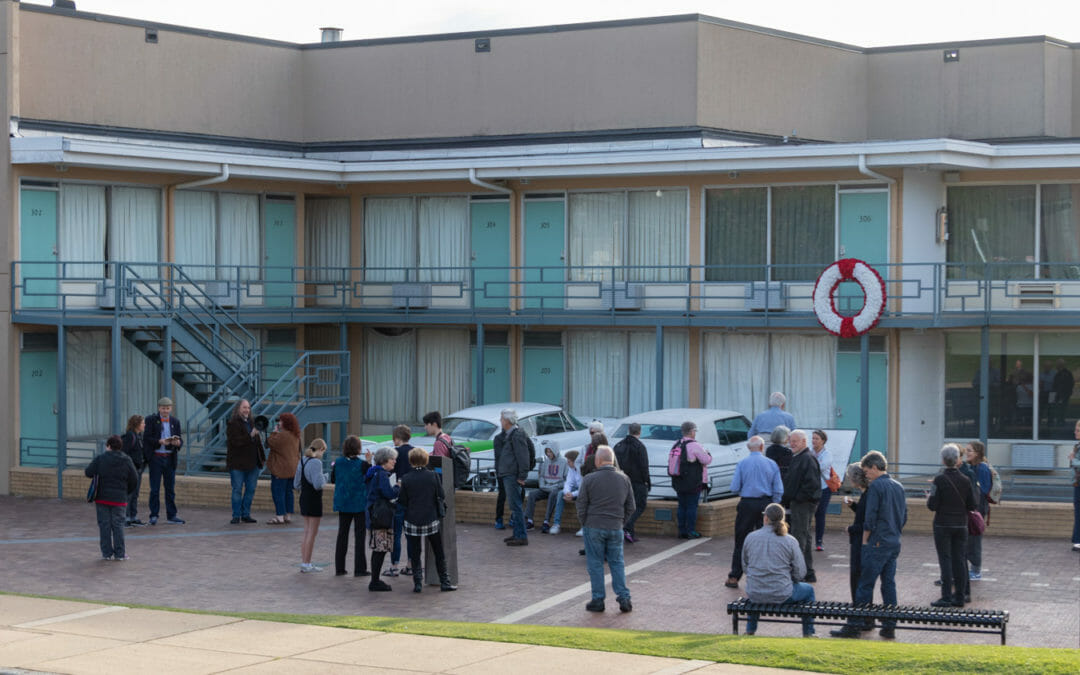
The Social Justice Christmas Carol
We only sing “O Holy Night” once a year. Yet may this social justice Christmas carol call forth our determination and our action, in God’s name, that all oppression shall cease.

We only sing “O Holy Night” once a year. Yet may this social justice Christmas carol call forth our determination and our action, in God’s name, that all oppression shall cease.

If you have been to church at some point in your life during Advent or Christmas, you’ve most likely seen an adorable Christmas play or pageant. The problem is, when you read the Gospel of Luke or Matthew, there’s no innkeeper or an inn. Such things are a Christmas myth.

During Advent and Christmas, we remember a God who most fully revealed God’s self to humanity in the form of a baby born to a poor family, forced to go somewhere they don’t want to go, unable to find welcome anywhere, ending up giving birth in a lonely and dirty place. Are you ready to welcome such a God?

Instead of proclaiming a message of “good news to all people” to a world that knows better, perhaps this Christmas we should stay with the truth of the second verse. One has come to show us the way to be reconciled to God and one another. To the extent that we do that, we shall know peace, joy and love. To the extent that we don’t, the darkness will continue.

The days and weeks of Advent offers Christians a special opportunity to look intensely to the Light in the midst of darkness—be it global, national, communal or personal. If we but seek, we will find the inextinguishable presence of Christ shining brightly, beaming with hope, glowing with joy, blazing in peace, burning with love.

My experience of the National Civil Rights Museum held up a mirror to me and the reflection I saw was not “the fairest one of all” but a racist self that I wanted to change and transform. Luckily, I was on pilgrimage with a group of people who were also on parallel journeys.